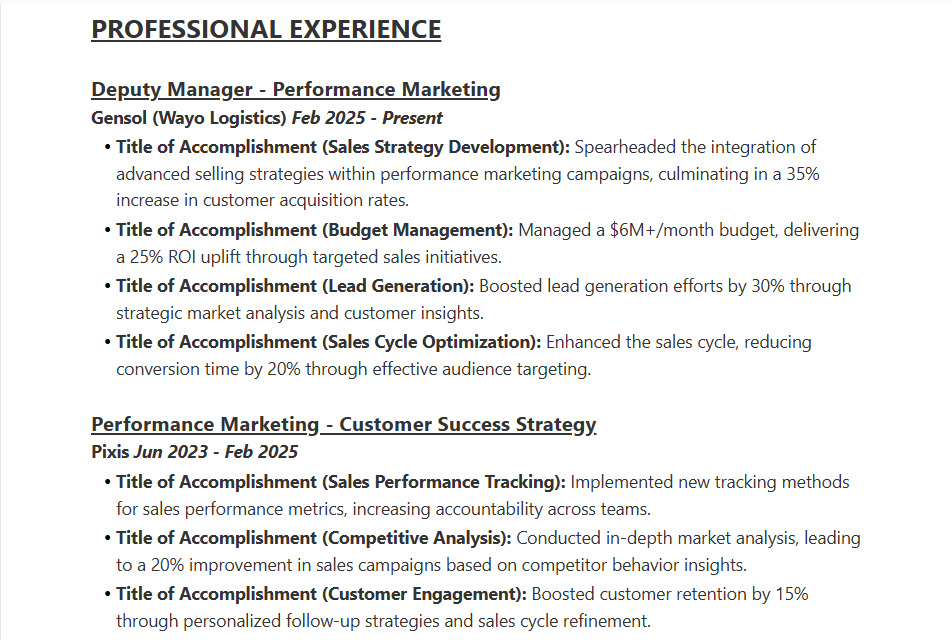
How to Beat the ATS in 2025: A Practical Guide
Learn the strategies recruiters and AI scanners actually look for, with examples and templates.

Did you know that over 75% of resumes are rejected by Applicant Tracking Systems (ATS) before a recruiter even opens them? For companies like Amazon, Deloitte, and Accenture, ATS software is the first — and sometimes only — gatekeeper in the hiring process.
With hundreds (sometimes thousands) of applicants per role, these companies rely on systems like Workday, Greenhouse, and iCIMS to automatically filter resumes based on formatting, keyword matches, and relevance scores.
That means even highly qualified candidates can get filtered out simply because their resumes aren’t optimized for these platforms.

While many job seekers believe their resume is being read by a human right away, the truth is: ATS software is the first reviewer — and it isn’t reading for style or storytelling. It’s scanning for structure, keywords, and match relevance.
Here's how an ATS system typically evaluates a resume:
ATS software scans your resume for specific keywords that match the job description. For instance, if a role requires "Python, Django, and REST APIs," and your resume only says "backend development," you may get filtered out. Tools like Jobscan emphasize matching these terms exactly.
If these aren’t clearly marked (or worse, hidden in text boxes or graphics), your content might be misread or ignored entirely.
Many ATS platforms can’t read columns, tables, or unusual fonts. Resumes created on design tools like Canva or Adobe Express may look stunning — but they often confuse ATS software. Most platforms recommend submitting resumes as .docx or simple .pdf files with clean, left-aligned formatting.
Platforms like Greenhouse and Lever assign a “match score” to each resume. This score is based on how closely your resume aligns with the job posting. The higher your score, the more likely a recruiter will see your application.
Pro Tip: ResumeStore.ai automatically scans job descriptions to extract the exact keywords and skills, then tailors your resume format and content to match. This ensures you hit all the critical elements ATS systems are built to scan for — without any guesswork.
Instead of making you manually scan job descriptions, ResumeStore.ai lets you paste a job link (from sites like LinkedIn or Indeed)

Most design-heavy resumes (like Canva or Adobe templates) fail to parse in ATS tools.

Expert content creator at ResumeStore, specializing in AI-powered career optimization, job market analysis, and professional growth strategies. Passionate about helping professionals leverage technology to advance their careers.